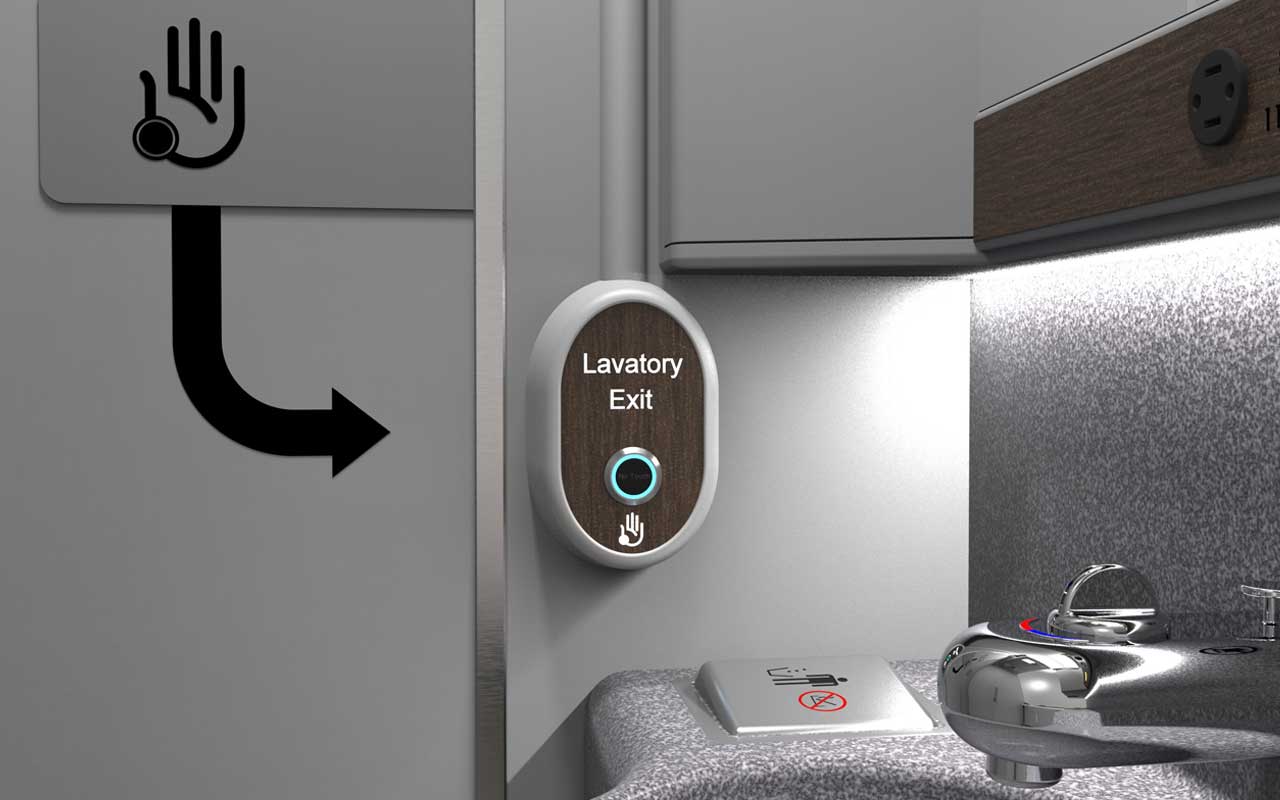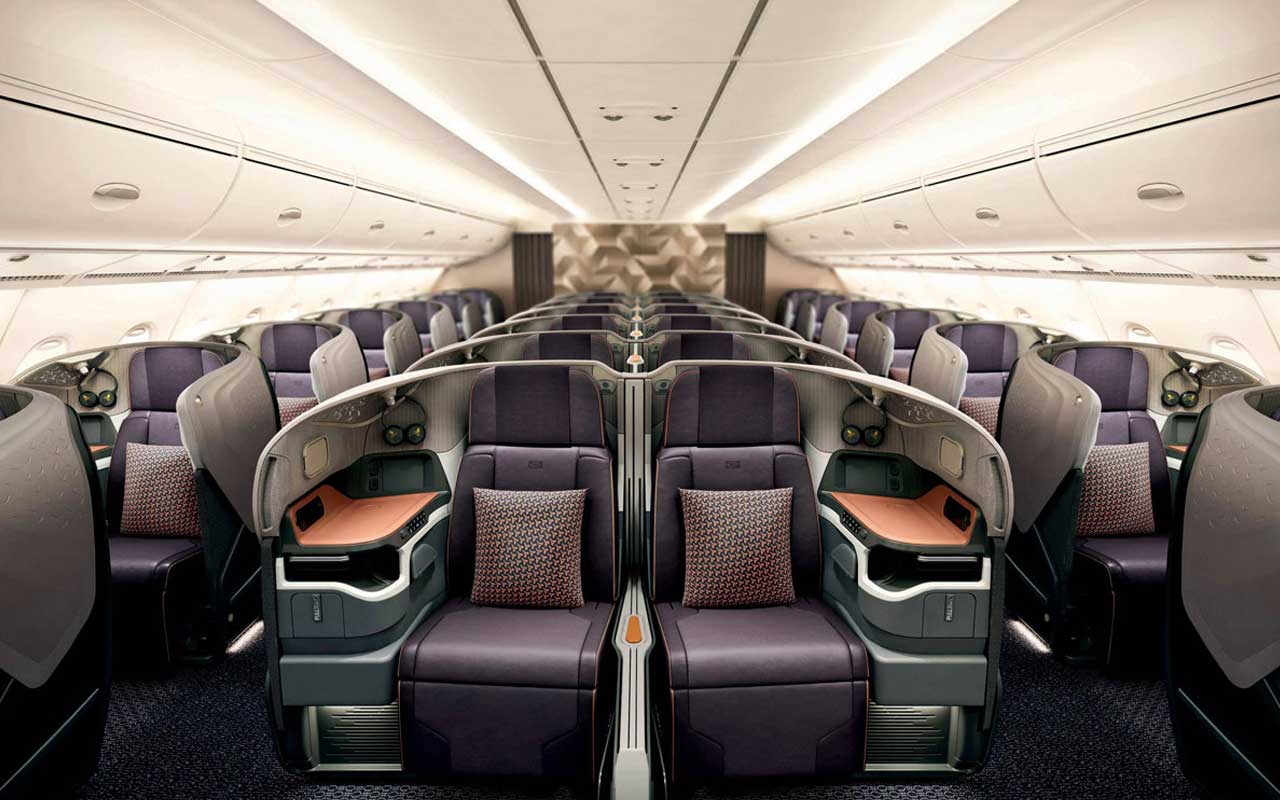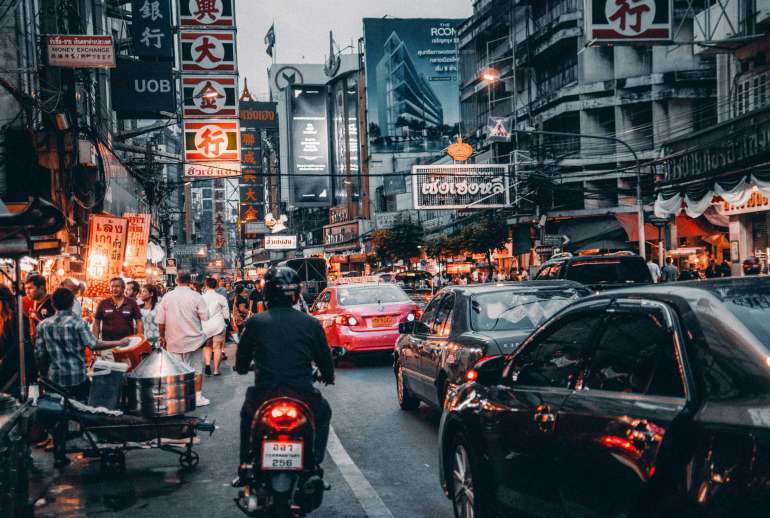Amid the coronavirus pandemic, the aviation industry had almost halted for months, as the chances of virus spread were quite high at the time. Consequently, with the recommencing of flights, experts have been crafting innovative safety measures to improve the travel experience, especially the touchless travel.
It not only includes touch free, but “less touch” and “fewer touch” innovations to ensure a safe travel experience. The ‘no touch’ improvements have been much help in public places such as lavatories.
Touchless travel

Featuring an array of individual changes and additions to the environment around the passengers, touchless travel covers everything from automatic-flushing toilets in airports and plane bathrooms to automated scan-and-board gates, controlling your inflight entertainment system from your own mobile phone or tablet etc.
The success of this system inspired the experts to explore and experiment with a much cleaner version of the aircraft design as well. The latest ‘no touch’ plane cabin is a design concept that is part of the broader phenomenon of touchless travel.
‘No touch’ system has existed for years now in many establishments by using sensors such as taps and flushing in bathrooms, or contactless lockers that use bar code readers or Bluetooth on your mobile phone to function. But the aviation sector was devoid of such technological advancements.
No touch aircraft cabins

Without a vaccine, people have become more conscious about hygiene and social distancing. Many leading airlines have recognized the importance of reducing passenger-crew contact to ensure everyone’s safety. Given the stress level in the current times, touchless travel promises safety and peace of mind.
The new ‘no touch’ modifications will include automated features such as infrared sensing faucets and redesigning of some of the physical parts of the experience – such as doors or garbage bins that you can open with your feet. Adding new features to aircraft cabins may be a little complex given the obstacles such as safety regulations, but experts are hopeful that changing passenger priorities may help achieve the goal.



